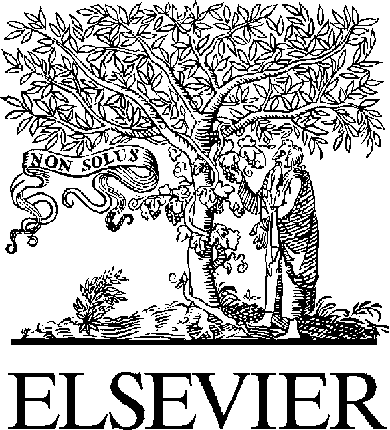Hookworm timeline
Timeline following inoculation with hookwormLocalised skin reaction (rash) may occur and can continue, often intermittently, until 21 days. Benadryl cream or a topical steroid preparation gives the most relief. Some have also reported relief after applying honey or seawater. Larvae migrate via the lungs to the intestines. Side effects can occur on or after the 4th day and may include coughing,
 Nonsignificance Plus High Power Does Not Imply Support for the NullOver the Alternative
This article summarizes arguments against the use of power to analyze data, and illustrates a key pitfall: Lackof statistical significance (e.g., p O .05) combined with high power (e.g., 90%) can occur even if the datasupport the alternative more than the null. This problem arises via selective choice of parameters at whichpower is calculated, but can also arise if one computes power at a prespecified alternative. As noted by earlierauthors, power computed using sample estimates (‘‘observed power’’) replaces this problem with even morecounterintuitive behavior, because observed power effectively double counts the data and increases as theP value declines. Use of power to analyze and interpret data thus needs more extensive discouragement.
Nonsignificance Plus High Power Does Not Imply Support for the NullOver the Alternative
This article summarizes arguments against the use of power to analyze data, and illustrates a key pitfall: Lackof statistical significance (e.g., p O .05) combined with high power (e.g., 90%) can occur even if the datasupport the alternative more than the null. This problem arises via selective choice of parameters at whichpower is calculated, but can also arise if one computes power at a prespecified alternative. As noted by earlierauthors, power computed using sample estimates (‘‘observed power’’) replaces this problem with even morecounterintuitive behavior, because observed power effectively double counts the data and increases as theP value declines. Use of power to analyze and interpret data thus needs more extensive discouragement.